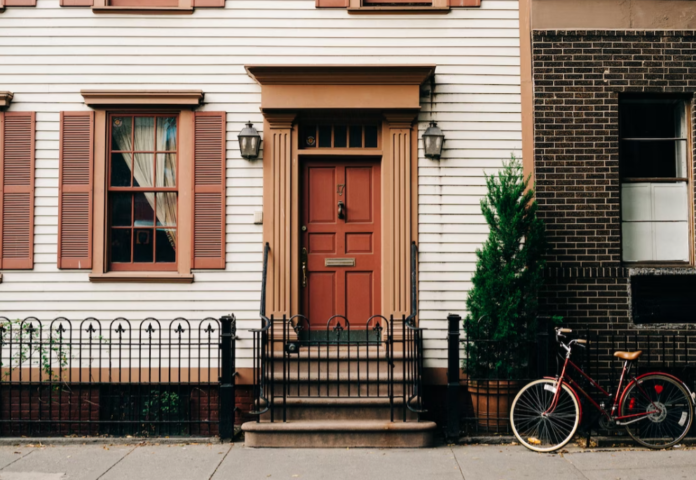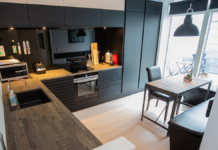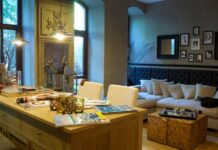The exterior of your house is the most important component for protecting you and your family from the elements of nature. The choice of what exterior finish material or siding to use can be confusing with several options currently available. This synopsis will break down four of the most popular siding options you will want to consider.
Wood
Wood has been used for centuries as an exterior siding. It comes in a variety of styles and species. The most common wood siding options are beveled clapboards, shakes, shingles, tongue & groove, and board & batten. Species of wood include cedar, pine, and redwood. Western red cedar is generally the wood of choice for exterior siding because it is insect resistant and dimensionally stable.
While wood siding is very attractive and classic, it does require periodic maintenance. You either need to paint or stain it, or you can have it protected with a clear sealer for a more natural appearance. The finish needs to be reapplied approximately every 7 years, depending on your climatic conditions. You can also get wood siding that is chemically treated for fire resistance.
Engineered Wood
When it comes to choosing siding for your home, there are many options to choose from. Wood, metal, vinyl, and stone are all popular choices. However, engineered wood is an increasingly popular option that offers a number of advantages.
Engineered wood is made from real wood fibers that are bonded together with resin. This creates a product that is strong and durable, yet lightweight and easy to work with. In addition, engineered wood is resistant to rot, insects, and extreme weather conditions. As a result, it is an ideal choice for both new construction and remodeling projects. If you are looking for a siding option that is beautiful, durable, and easy to install, engineered wood may be the perfect choice for your home.
Vinyl
There is a saying in the construction industry that “vinyl is final”. This is because once the vinyl siding is installed, it is durable and requires very little maintenance. It is also an affordable option to wood and is easier to install. This means you will be paying much less in labor costs. As well, vinyl siding can be applied over existing wood siding in many cases.
Vinyl is a solid color material, so scratches won’t show up. It also doesn’t need to be painted or sealed and is available in a wide variety of colors. The most you will have to do to take care of vinyl siding is to have it periodically cleaned with a hose or power washed, especially on north-facing portions of the home that get little sunlight and surface mildew can sometimes appear.
Fiber Cement
Fiber cement boards and panels are composed of cellulose fibers and cement that are compressed. This product is dimensionally stable, moisture and pest-resistant, and fire-retardant. Fiber cement comes in solid colors with many options and it often has a wood grain finish. You can paint this product, which is a plus.
The only thing that you need to know about this product is that it must be installed by certified fiber cement siding installers. This means that the installers have been trained by the manufacturer to install the product over proper house wrap using specialty tools and with the correct spacing to allow for minor expansion and contraction.
Whether you are building your dream home or need to replace the siding on your existing home, you have several siding options available to fit any budget. Hopefully, this synopsis of the four most common siding products will help you make an informed decision.















